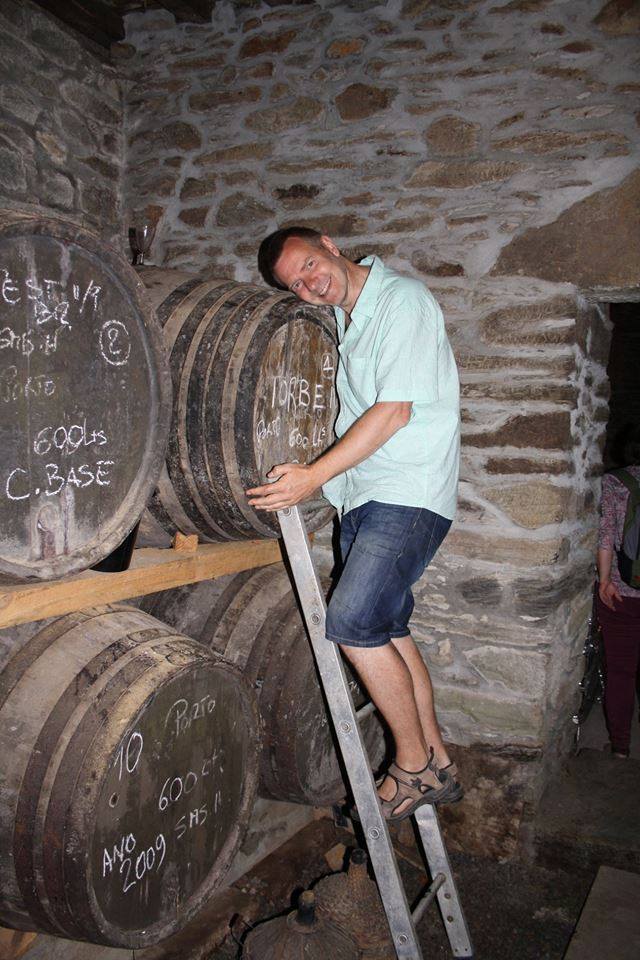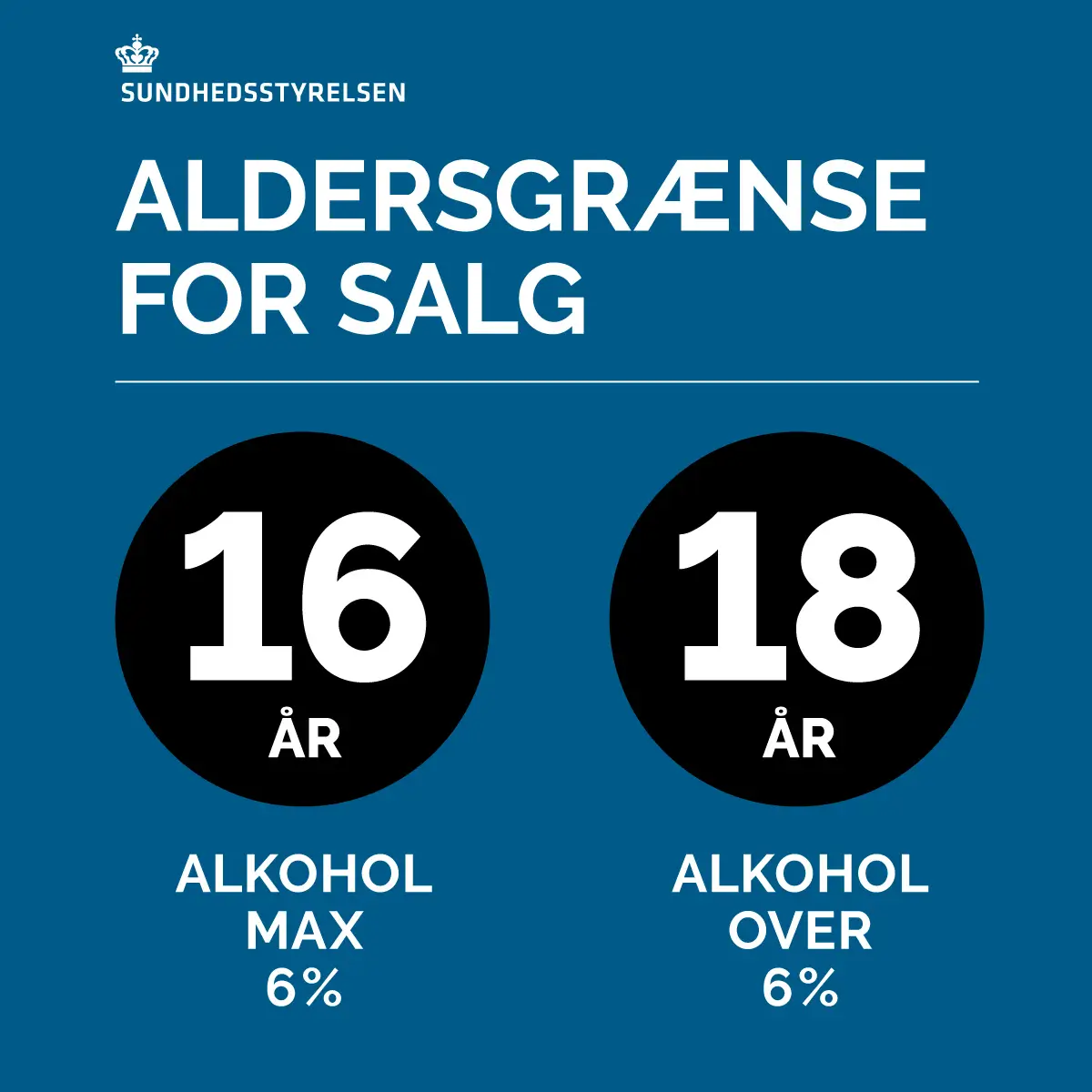About Port Wine
"All wine would be port if it could" is a saying often repeated in the port wine industry. It reflects the deep affection for port wine found among both producers and enthusiasts—and highlights its unique status. Port wine’s distinctiveness arises from a combination of natural factors such as soil, climate, and geography, as well as its specialized production process.
Port wine (known in Portuguese as vinho do porto) is a fortified wine produced in northern Portugal, particularly in the Douro Valley and the city of Porto. It is typically sweeter and always richer in alcohol (19-21% ABV) than regular table wines. While fortified wines are produced worldwide, only wines from the protected Douro Valley can legally be called port.
More Sugar – and More Alcohol
Port is made from grapes, with most types using red grapes, although white ports are growing in popularity. Unlike table wines, the fermentation of the grape juice is stopped by adding grape spirit (formerly brandy). This halts fermentation, leaving residual sugar in the wine, resulting in a sweeter taste and higher alcohol content.
Port wines are generally divided into two main styles: bottle-aged (Ruby-style) and barrel-aged (Tawny-style):
- Ruby-style ports include the prestigious Vintage Port (made from a single exceptional vintage), Late Bottled Vintage (LBV), Crusted Port, and the more common Ruby Port.
- Tawny-style ports include Colheita (Tawny port from a specific year), as well as age-designated categories like 10-, 20-, 30-, and 40-year Tawny. There are also more affordable Tawny options.
In addition, white port wines are available, including both Colheita and age-designated types, though there are no Vintage or LBV white ports.
The British Influence
The British have played a significant role in port’s long and rich history. Without the British Isles as a market, port’s history might have unfolded quite differently. Even today, the British influence is evident, with many port houses bearing British names. Nonetheless, port remains a distinctly Portuguese wine, with its soul firmly rooted in the stunning Douro Valley.
Danes Prefer Quality
Denmark is one of the top countries per capita for consuming high-quality port wine. While countries like France and the Netherlands often consume cheaper port as an aperitif, Danes favor the finer and more expensive varieties.
At DrikPortvin, we’ve noticed this trend as well—our customers demand quality, and we strive to deliver. Whether you prefer Vintage, LBV, Colheita, Tawny, White, or all of the above, drinking port should always be an experience.






